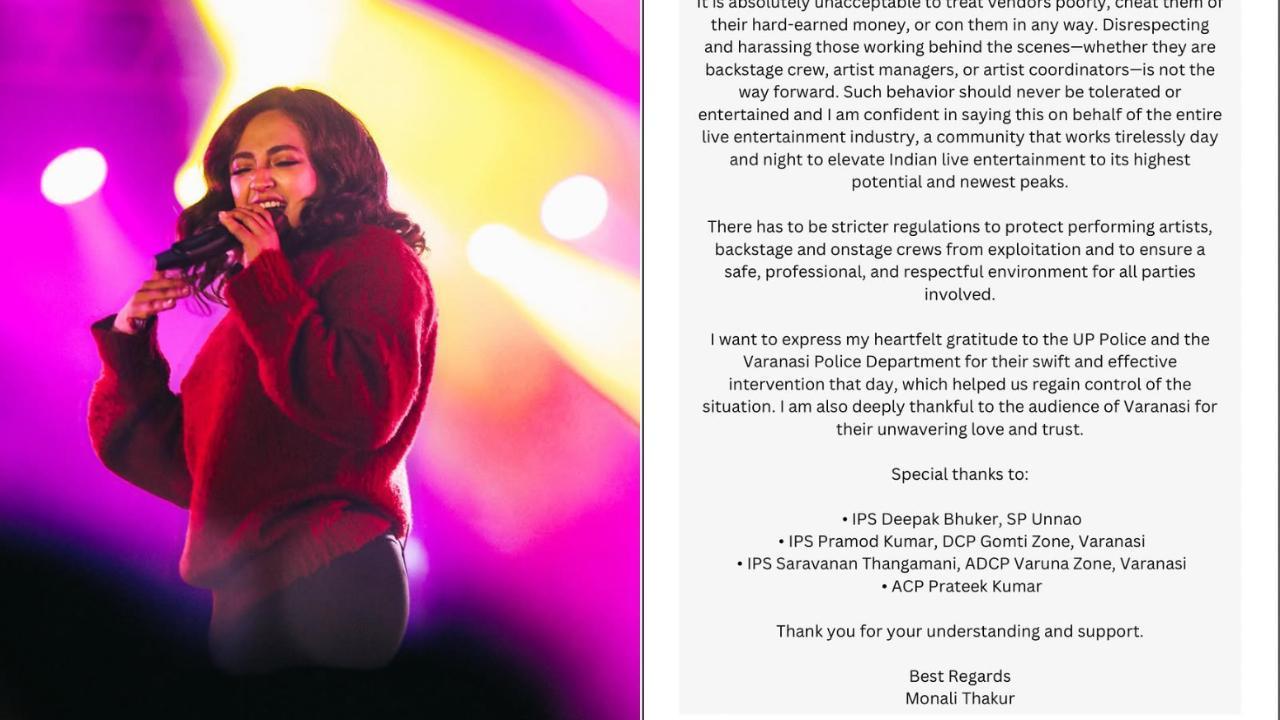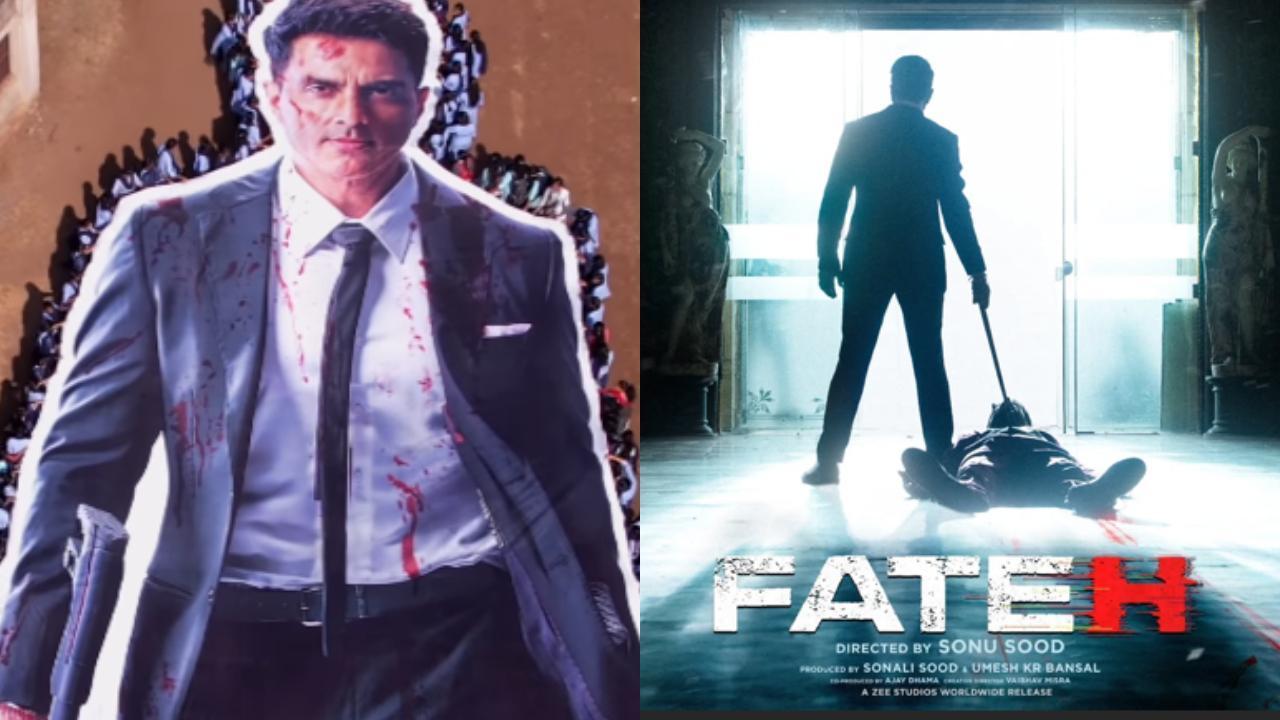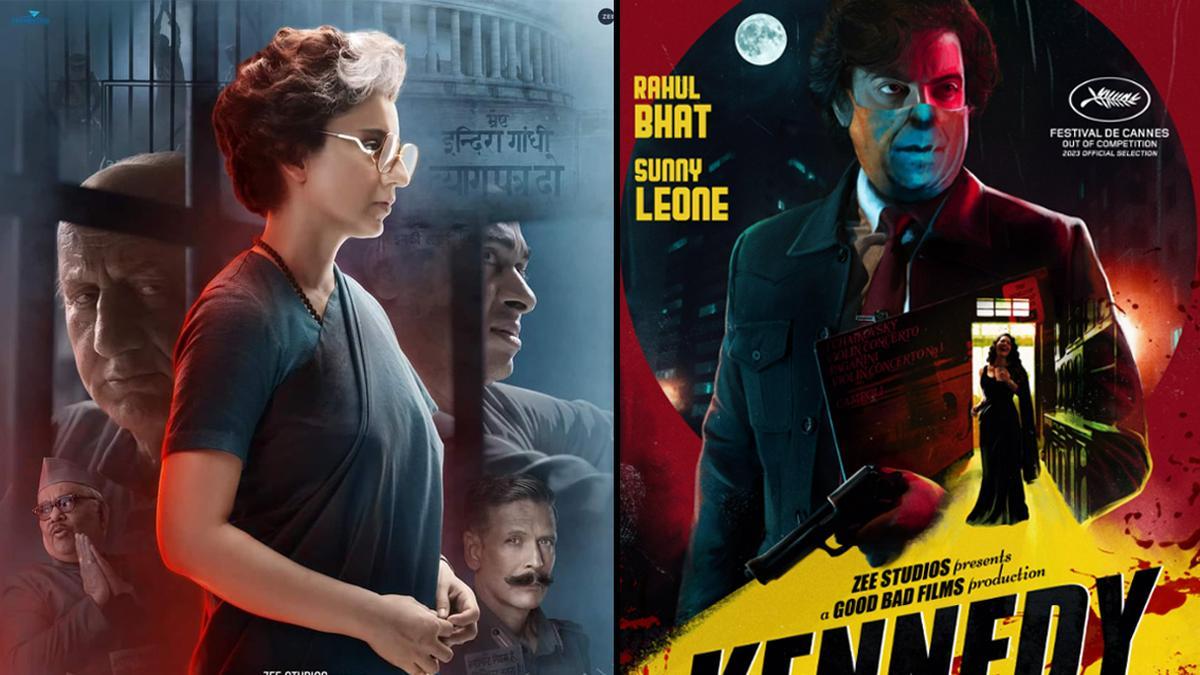
Girish Kasaravalli, a stalwart in Indian parallel cinema, joins literary forces with Gopalakrishna Pai to bring forth ‘Bimba Bimbana’ (Image and Reflections), a book teeming with dialogues and revelations about his time-honored filmography. This treasure trove, launched on March 24 by Veeraloka, invites readers into the mind of the auteur behind 15 feature films, offering a deep dive into the nuances of his craft.
The recent selection for restoration of ‘Ghatashraddha’ (1977), Kasaravalli’s first venture, by India’s Film Heritage Foundation in collaboration with Martin Scorsese’s World Cinema Project, and backed by George Lucas and his wife Mellody Hobson’s Hobson Lucas Family Foundation, denotes a significant nod to the timeless value of Indian cinema. In a conversation with The Hindu, Girish Kasaravalli deliberates on his new book, the intricacies of film appreciation, and the challenges entailed in the restoration of cinematic classics.
Responding to questions related to the compilation process of ‘Bimba Bimbana’, Kasaravalli reveals the journey began in June of 2023. Deciphering his films repeatedly, he and Pai recorded meticulous observations which later transcribed into the book’s content. Although the process was prolonged due to obtaining permission for film stills, the duo achieved a discerning take on not only Kasaravalli’s films but also on the socio-political landscapes enveloping each release. The book aspires to resonate with filmmakers, cinema enthusiasts, and those wishing to delve into the beauty and dialect of the film medium.
Lamentations over the dearth of serious dialogue surrounding Kannada cinema stir Kasaravalli, who notes the extensive discussions that Hindi classics garnish on platforms like YouTube. The filmmaker expresses a desire to witness in-depth analysis on topics like a movie director’s pacing choices, the socio-political reverberations of their works, and comparisons between cinematic styles, as exemplified by directors such as N Lakshmi Narayan and Puttanna Kanagal. He recalls the vibrancy of film appreciation courses in the 1970s Bengaluru and regrets the contemporary scarcity of such avenues for dissecting and understanding Kannada cinema.
Kasaravalli acknowledges that revisiting his films for the book altered his perspective, especially in light of the socio-political and technological changes over the decades. Recounting the reactions to ‘Mane’ (1989), he points to the then-incipient awareness of globalisation which today, materialized in ways he predicted, impacts societal values and moral compasses. Similarly, the invention and ubiquity of drones have simplified camera work that was once considered artistically challenging in films like ‘Ghatashraddha’.
The restoration of ‘Ghatashraddha’ came to fruition when Shivendra Singh, the founding director of the Film Heritage Foundation, introduced the film to the World Cinema Project and the Hobson Lucas Family Foundation. With the restoration process being a non-commercial labor of love rather than profit, the foundations will meticulously restore the film frame by frame, an effort projected to cost Rs 50 lakh and span around eight months.
The conversation with Kasaravalli also touches upon the unease within the filmmaker community due to the merger of the National Film Archive of India (NFAI) with the National Film Development Corporation of India (NFDC). He highlights the importance of NFAI for its historic role in preservations, from archival to restoration. Contrarily, the NFDC, propelled by profit motives, might neglect non-commercially viable yet artistically commendable films and archival responsibilities.
Kasaravalli underscores the necessity for professional state-level organizations dedicated to nurturing a culture of film archiving and restoration opining that it is a sophisticated and exorbitant task. He cites Kerala’s annual commitment to restoration and emphasizes the need for trained specialists in a team that carefully manages this scientific restoration protocol. Lamenting the stalled progress since the Karnataka Chalanachitra Academy’s 2020 initiative to archive Kannada films, Kasaravalli calls for renewed vigor and action in preserving India’s cinematic heritage.
With ‘Bimba Bimbana’ rendered accessible at Rs 350, this pivotal narrative serves as a testament to Girish Kasaravalli’s dedication to the enduring legacy of Indian cinema and the vital need to safeguard its history for generations to come.










